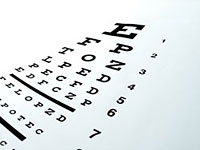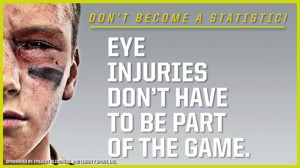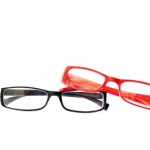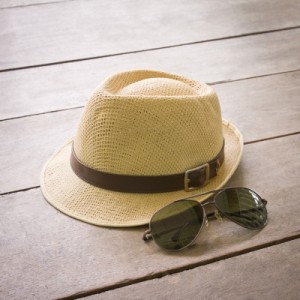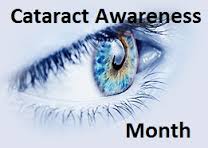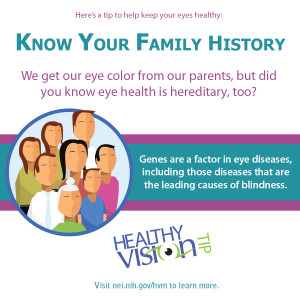 Knowing your family history is an important step in keeping your eyes healthy. Just like eye color, many eye diseases and conditions have a genetic factor.
Knowing your family history is an important step in keeping your eyes healthy. Just like eye color, many eye diseases and conditions have a genetic factor.
Glaucoma. If you have a family history of glaucoma, you are four to nine times more likely to be affected by the disease. While there is no cure for glaucoma, you can manage its progression and impact on your vision with early detection and treatment. Untreated glaucoma can result in permanent blindness.
Age-related macular degeneration (AMD). Having a family member with AMD puts you at a 50 percent greater risk of developing the disease yourself. AMD is the leading cause of vision loss among people 50 and older in the U.S. Like many other eye diseases, early detection and treatment makes a significant difference in the progression of the disease and a person’s ability to maintain good vision for as long as possible.
Diabetic retinopathy. Type 2 diabetes, one of the fastest growing health conditions in this country, is genetically influenced. While there are a variety of other factors that cause Type 2 diabetes, family history does play a role. You would be surprised how often diabetes is detected through a comprehensive eye exam due to the presence of diabetic retinopathy.
Knowing your family health history can actually save your vision! Make sure to share all the details at your next comprehensive eye exam.
Graphic courtesy of National Eye Institute (NEI)

